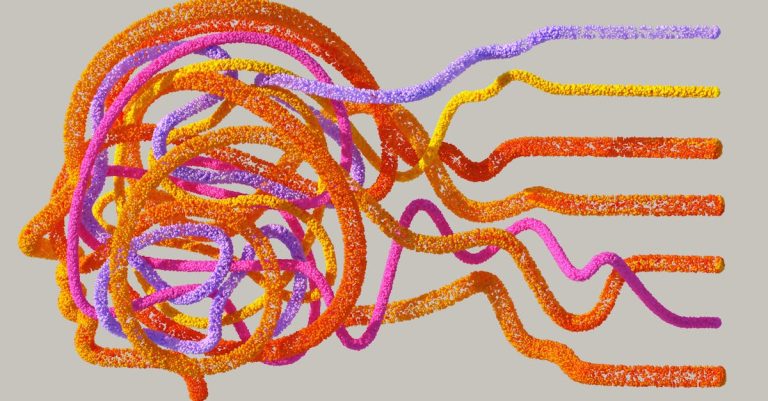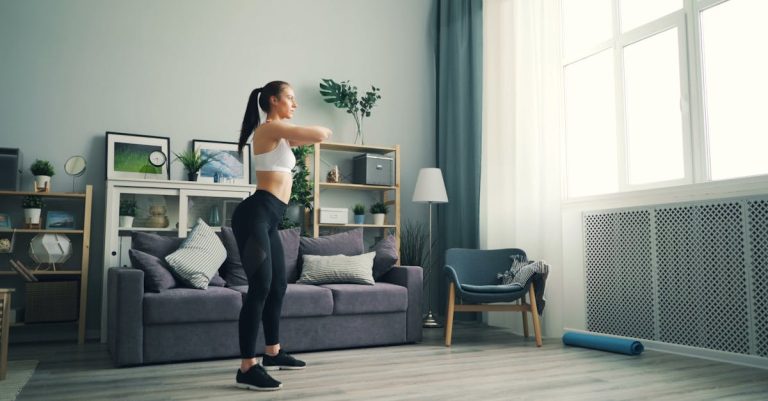Creating an optimized workspace is essential for anyone looking to enhance productivity and efficiency. Whether you work from home, at a co-working space, or in a traditional office, the way you organize your environment significantly impacts your work performance. In this post, we’ll explore actionable tips and strategies to design a workspace that maximizes efficiency, reduces distractions, and promotes focus.
The Importance of an Optimized Workspace
Your workspace affects not only your productivity but also your mental well-being. A cluttered and disorganized environment can lead to stress and hinder your ability to concentrate. On the other hand, an optimized workspace encourages creativity, boosts motivation, and ultimately allows you to accomplish more in less time.
Key Elements of an Efficient Workspace
To design an effective workspace, focus on the following key elements:
1. Ergonomics
Ensure your workspace adheres to ergonomic principles. This includes:
- Choosing an adjustable chair that supports your lower back.
- Positioning your monitor at eye level to prevent strain.
- Using a keyboard and mouse that encourage a natural hand position.
2. Optimal Lighting
Proper lighting reduces eye strain and enhances mood. Consider these tips:
- Utilize natural light whenever possible.
- Incorporate adjustable desk lamps with warm lighting.
- Avoid glare and harsh overhead lights.
3. Declutter and Organize
A clean workspace promotes clarity and focus. Follow these decluttering steps:
- Remove all non-essential items from your desk.
- Use organizers like trays and shelves to keep your area tidy.
- Implement a filing system for documents to reduce paper clutter.
4. Personalization
Adding personal touches can make your workspace more inspiring. Consider:
- Incorporating motivational quotes or images.
- Using plants to bring a touch of nature indoors.
- Displaying items that spark joy or creativity.
Maximize Productivity with Technology
Utilizing the right technology is key in creating an optimized workspace. Here are some recommendations:
- Trello for project management and organizing tasks.
- Forest to help reduce distractions through gamified focus sessions.
- Slack for streamlined communication with team members.
Establishing a Routine
Having a structured routine can further enhance your workspace efficiency. Here are some tips:
- Start your day at the same time to establish consistency.
- Incorporate regular breaks using techniques like the Pomodoro method.
- Set specific goals for each work session to maintain focus.
Staying Mindful
Finally, mindfulness is crucial in optimizing your workspace. Practice these techniques:
- Take deep breaths to refocus your mind when stressed.
- Engage in short mindfulness exercises regularly.
- Reflect on your productivity at the end of each day to identify improvement areas.
Conclusion
Creating an optimized workspace is a continuous process that requires attention and adjustment. By focusing on ergonomics, lighting, organization, and technology, you can greatly improve your productivity levels. Remember, a personalized and mindful approach will make your workspace not only efficient but also enjoyable. Take the first step today by evaluating your current workspace and implementing these strategies for maximum efficiency!








